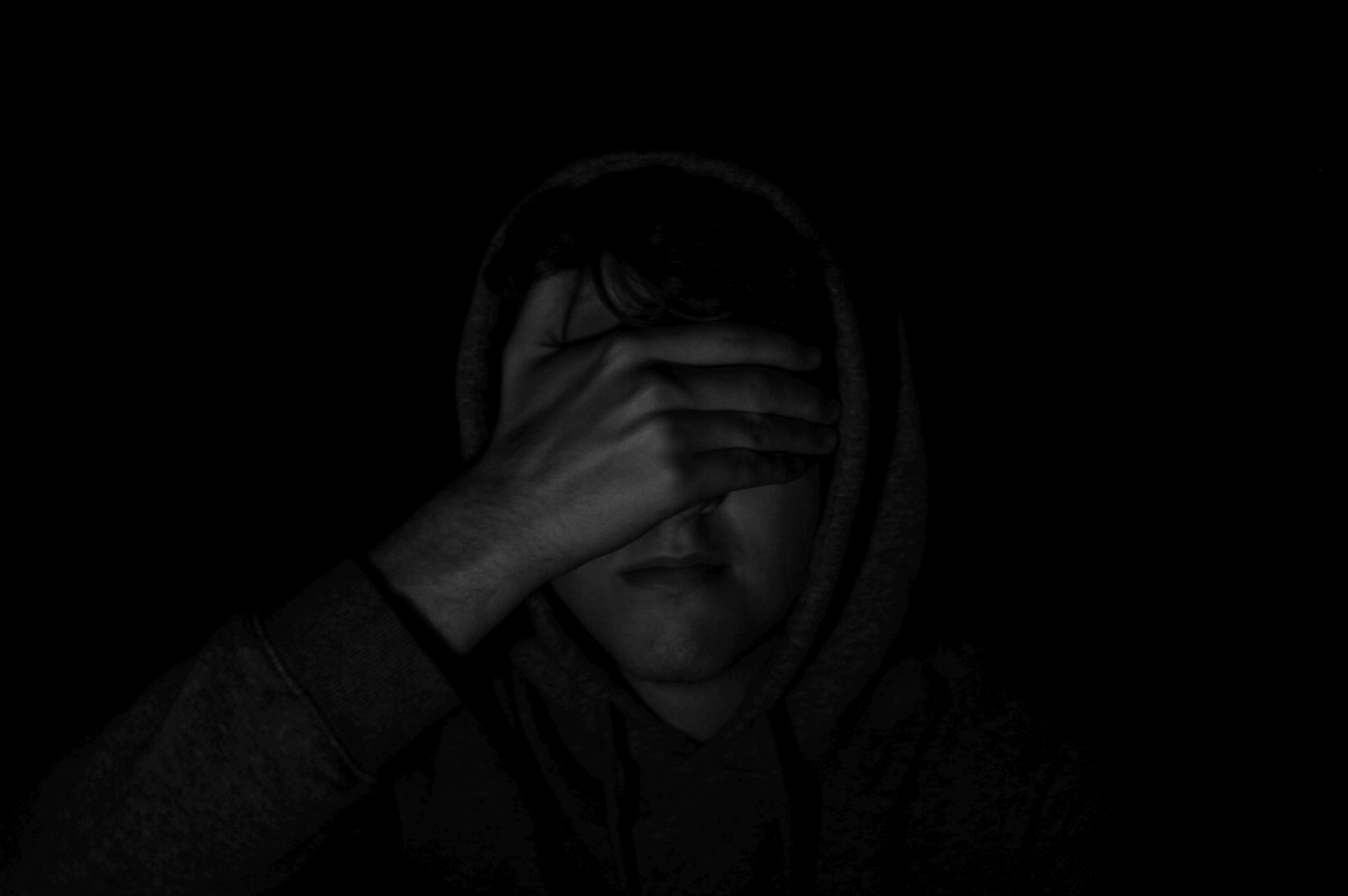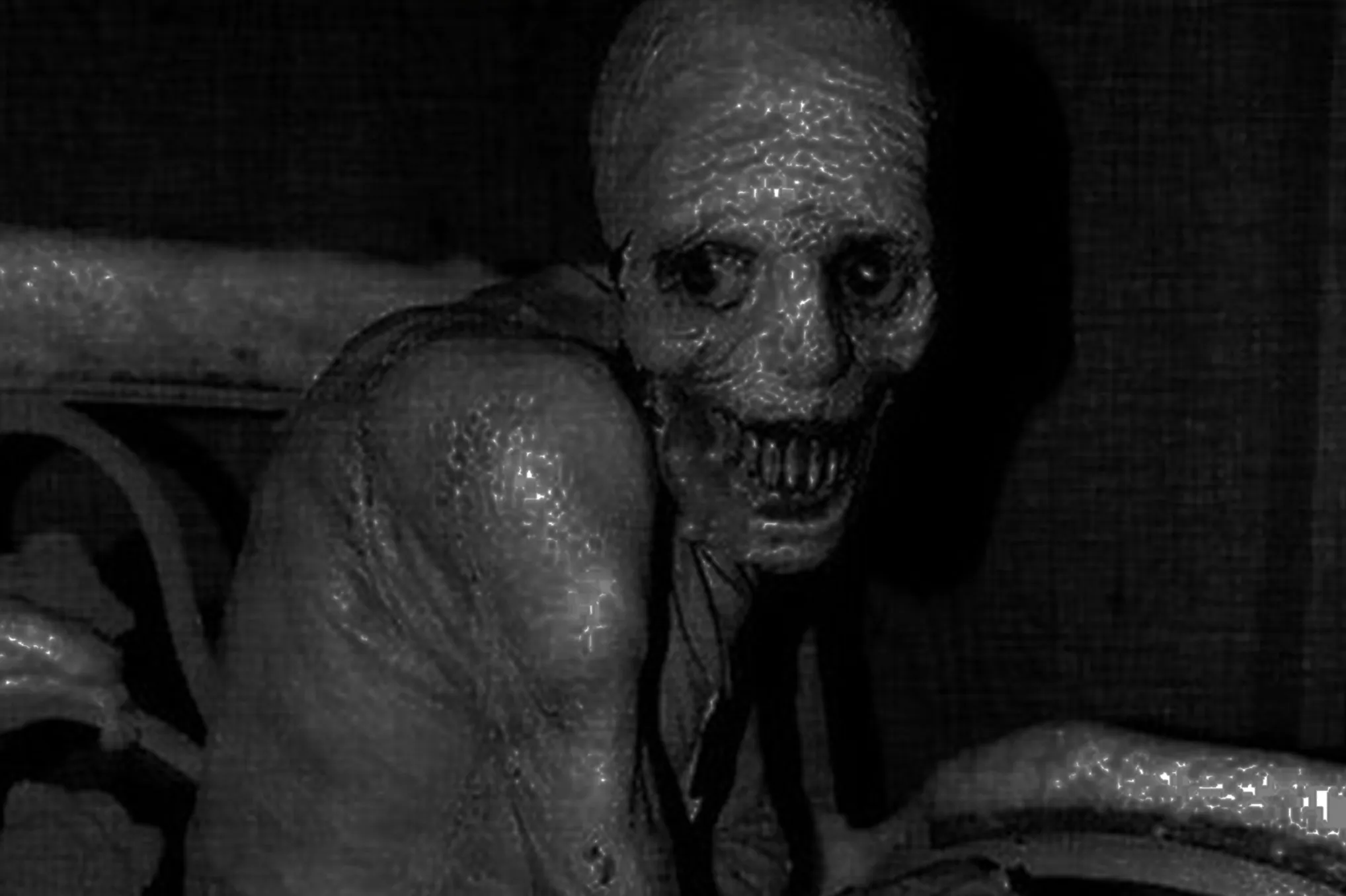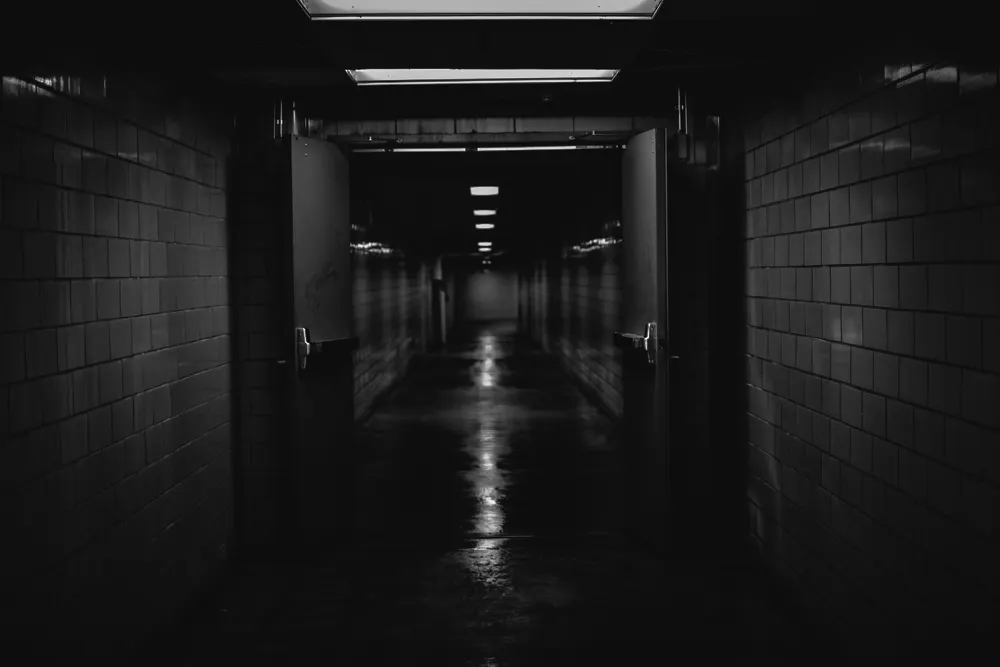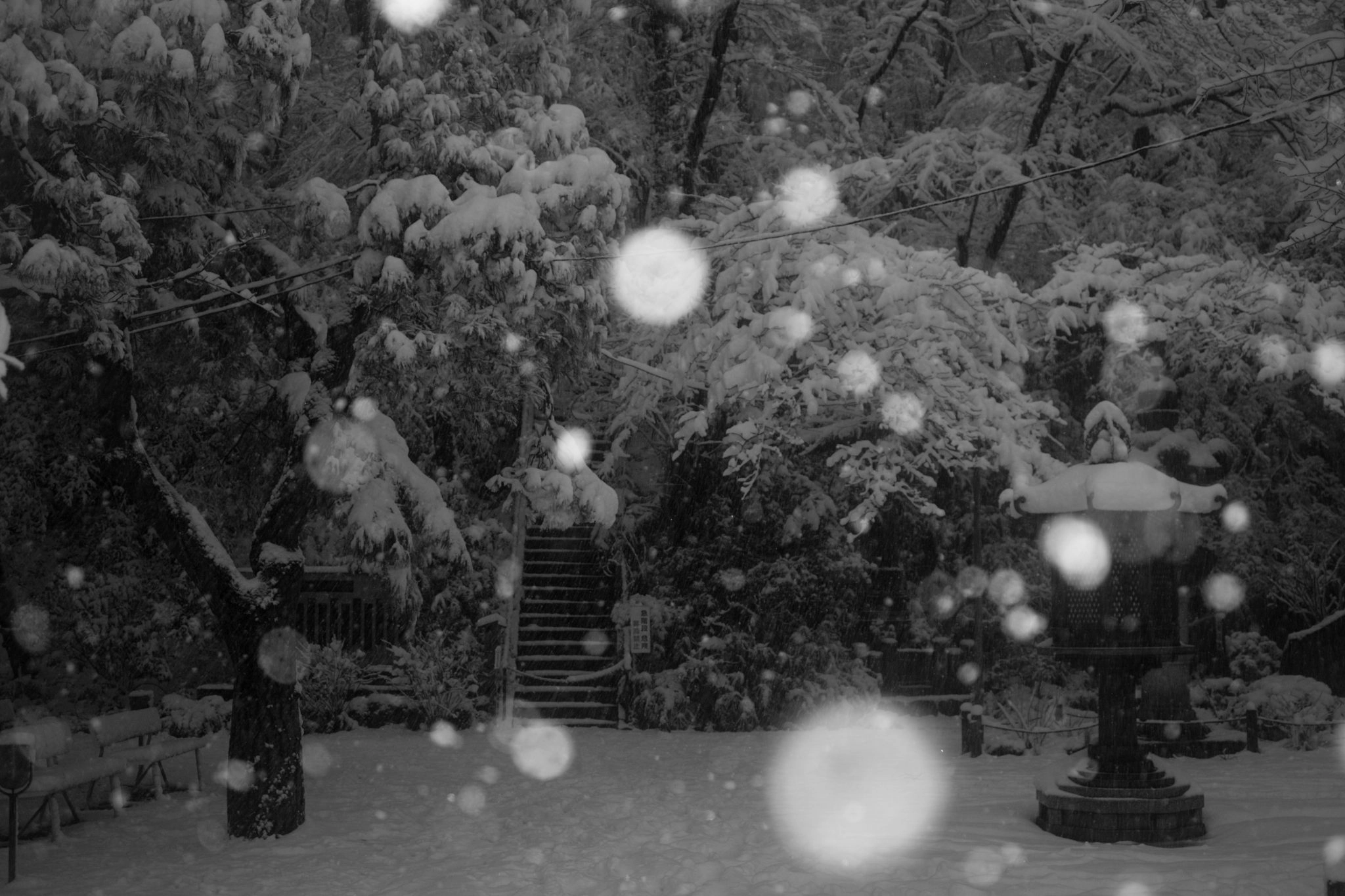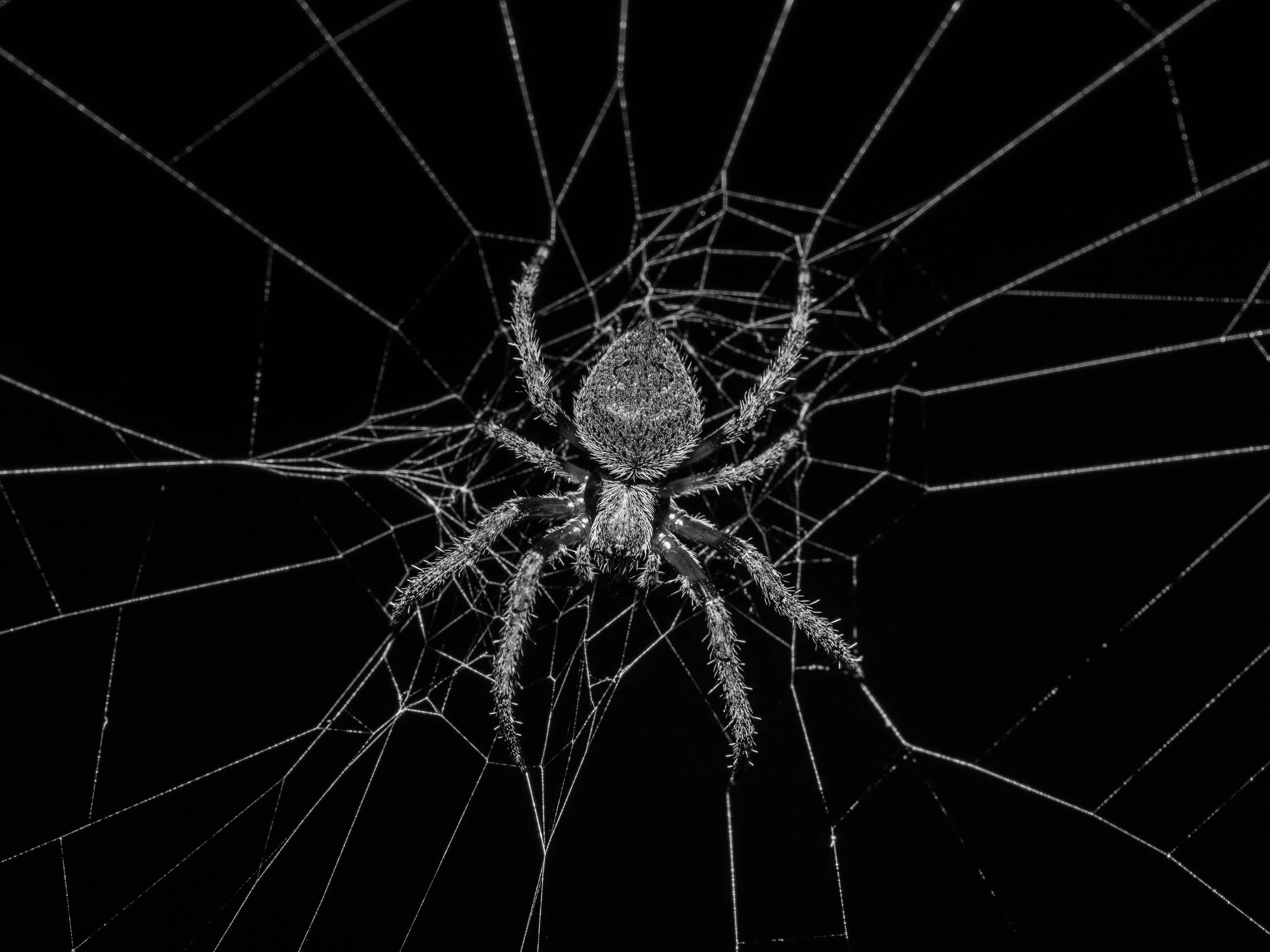Suicide Forest by Jeremy Bates
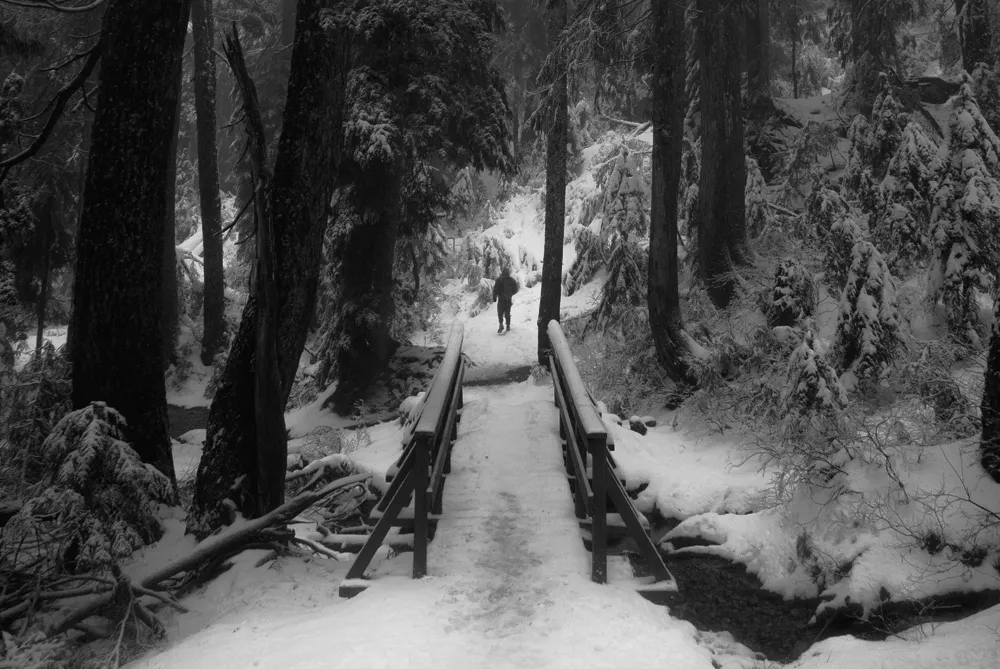
Introduction:
"Suicide Forest" by Jeremy Bates is a chilling and atmospheric horror novel that plunges readers into the heart of Japan's Aokigahara Forest, a place infamous for its eerie silence and the high number of suicides that occur within its depths. Bates's work, published in 2014, is a spine-tingling exploration of fear, folklore, and the relentless power of the human psyche. This review will explore the strengths of "Suicide Forest," its expertly crafted setting, the psychological depth of the characters, and the spine-tingling narrative that makes it a standout in the horror genre.
Setting and Atmosphere:
The Aokigahara Forest, often referred to as the "Suicide Forest," serves as the haunting backdrop of this novel. Jeremy Bates brilliantly captures the eerie, otherworldly atmosphere of the forest, immersing the reader in a world where ancient trees loom like silent sentinels and the ground is shrouded in a heavy silence. This setting, with its real-world reputation for tragedy and despair, adds a layer of authenticity and dread that permeates the entire narrative.
Bates's attention to detail is commendable. The descriptions of the forest's twisted trees, winding paths, and suffocating isolation create an environment that is both beautiful and terrifying. It's a place where the boundary between the natural and the supernatural becomes blurred, heightening the overall sense of unease and mystery.
Character Development:
"Suicide Forest" distinguishes itself through its well-crafted characters, each with their unique struggles and complexities. The protagonist, Ethan, is a relatable character with a rich inner world. His struggles with grief, guilt, and personal demons add depth to his character, making him an empathetic figure for the reader to follow.
The supporting characters, including Ethan's friends and the enigmatic forest guide, Dr. Oshiro, contribute to the narrative's intrigue. Each character brings their own secrets, motivations, and quirks to the story. The dynamics and tensions between the characters create an additional layer of complexity and unpredictability, enhancing the overall sense of dread and uncertainty.
Dr. Oshiro, in particular, stands out as a captivating character with a deep knowledge of the forest's history and folklore. Her role as a guide to the group of visitors adds an air of authenticity and dread to the story, as her presence hints at hidden knowledge about the forest's dark secrets.
Psychological Depth:
At its core, "Suicide Forest" is a psychological horror novel that delves into the intricacies of fear, guilt, and the human psyche. Jeremy Bates explores themes of mental and emotional anguish, as well as the impact of tragedy and personal demons on the characters. The forest, in this context, becomes a symbol of the characters' internal struggles, manifesting their deepest fears and regrets.
Bates skillfully delves into the characters' psychological turmoil, portraying their emotional unraveling in a way that feels raw and genuine. The slow descent into madness, paranoia, and despair is a central element of the story, keeping readers in a state of constant tension and unease.
The author's ability to blur the line between the supernatural and the psychological adds a layer of complexity to the narrative. The forest itself becomes a character, a malevolent entity that preys on the characters' fears and weaknesses. Bates masterfully creates an atmosphere of uncertainty, where reality and hallucination become indistinguishable.
Suspense and Pacing:
"Suicide Forest" excels in building and maintaining suspense throughout the narrative. The gradual escalation of tension, the characters' growing sense of dread, and the forest's eerie manifestations create an atmosphere of unrelenting suspense. The anticipation of what lies ahead and the characters' struggle to survive in this hostile environment keeps readers on the edge of their seats.
The novel's pacing is expertly managed, with each chapter ending on a note of uncertainty that compels the reader to continue. The sense of foreboding and the relentless push toward a terrifying climax make "Suicide Forest" an immersive and gripping horror tale.
Cultural and Folkloric Elements:
Jeremy Bates incorporates elements of Japanese culture and folklore into the narrative, adding depth and authenticity to the story. The inclusion of the forest's real-world reputation as a place associated with tragedy and the supernatural, combined with Dr. Oshiro's insights into local beliefs and legends, enriches the narrative.
The forest's history and the cultural context surrounding it make for a more immersive and thought-provoking reading experience. Bates effectively uses these elements to enhance the sense of dread and the story's overall impact.
Conclusion:
"Suicide Forest" by Jeremy Bates is a haunting and immersive horror novel that lingers in the reader's mind long after the final page. Its expertly crafted setting, well-developed characters, psychological depth, and spine-tingling narrative create a compelling and terrifying reading experience. The forest serves as a character itself, an entity that embodies the characters' deepest fears and regrets, adding an extra layer of psychological horror to the story.
Bates has crafted a narrative that pushes the boundaries of the horror genre, immersing readers in a world of growing dread, uncertainty, and paranoia. "Suicide Forest" is a testament to the power of atmospheric horror and psychological tension, making it a must-read for fans of the genre. If you're looking for a chilling, immersive, and thought-provoking horror novel, "Suicide Forest" is a book that will grip your imagination and keep you awake at night.

